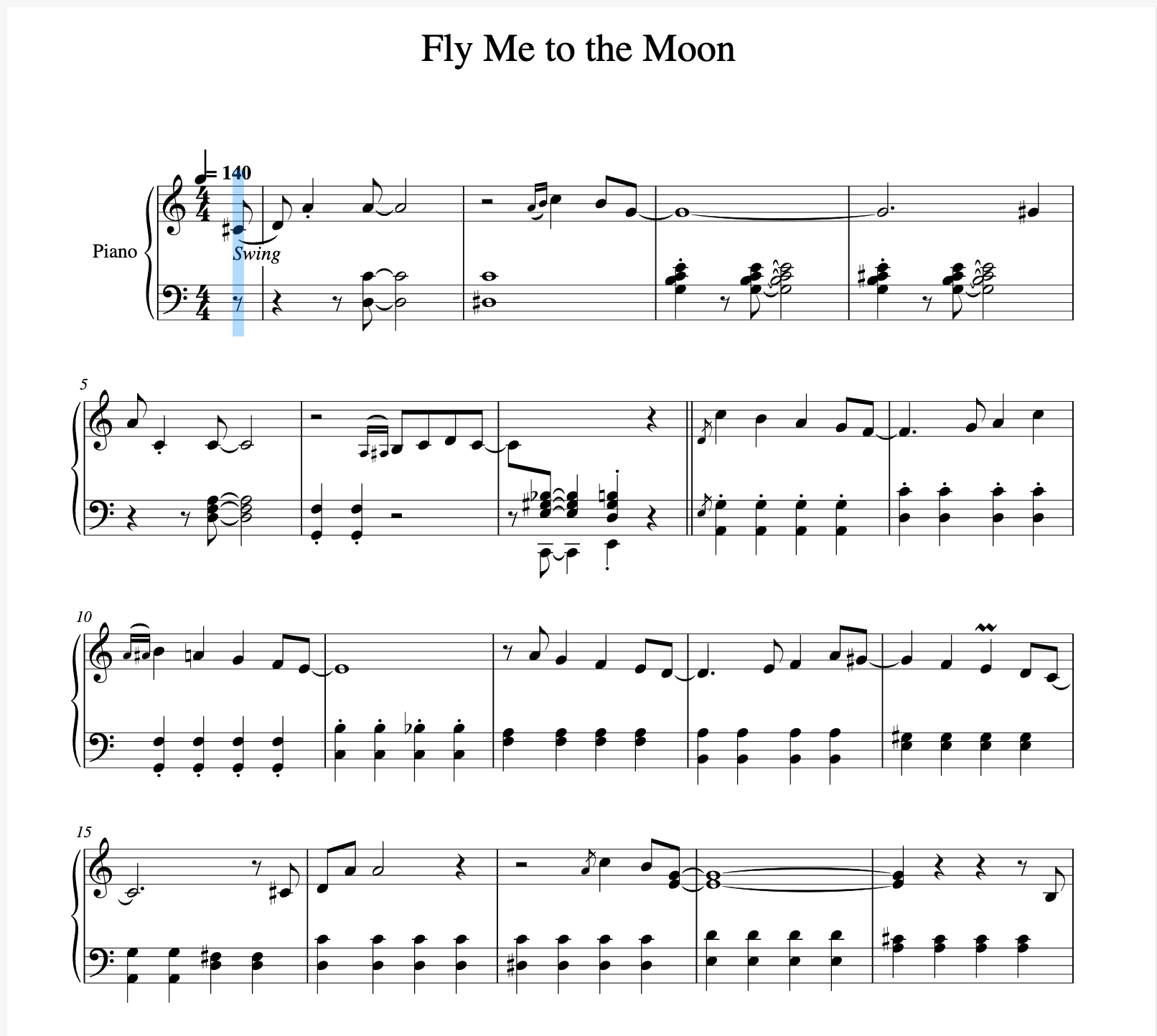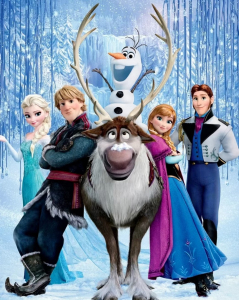Few melodies evoke the sense of wonder and romance as profoundly as Fly Me to the Moon. Since its inception, this timeless tune has transcended genres, generations, and even galaxies. For pianists, it’s a gateway to exploring jazz harmonies, storytelling through chords, and the joy of sharing music across platforms—from sheet music to virtual worlds like Roblox. In this deep dive, we’ll uncover the song’s history, dissect its musical DNA, and highlight resources like SheetMusicGo that empower pianists to master its magic.
The Birth of a Cosmic Anthem: History and Legacy
From Cabaret to the Cosmos
Originally written by Bart Howard in 1954 as In Other Words, Fly Me to the Moon started life as a modest cabaret ballad. Its journey to stardom accelerated when Frank Sinatra recorded it in 1964, infusing it with his signature swing. But the song’s true "giant leap" came when NASA adopted it during the Apollo missions. Astronauts famously played it en route to the moon, symbolizing humanity’s yearning to explore the unknown—a theme that mirrors the song’s lyrical plea for adventure and connection.
For pianists, this historical context enriches every note. The piano sheet music available on SheetMusicGo captures this duality, blending Sinatra’s swagger with the song’s inherent tenderness. Whether you’re a beginner or an advanced player, these arrangements let you channel both the intimacy of a dimly lit jazz club and the grandeur of space exploration.

Anatomy of a Classic: Musical Structure and Interpretation
Jazz Harmony Meets Poetic Simplicity
The genius of 'Fly Me to the Moon' lies in its impeccable balance. Its AABA structure provides a clear narrative arc, while its jazz-inspired chords (think Am7, D7, and Gmaj7) add sophistication without overwhelming simplicity.The left hand’s steady walking bass drives the rhythm like a jazz double bass, while the right hand’s melody drifts weightlessly—recreating the sensation of a spaceship adrift in the cosmos.
Pianists often gravitate to this piece to practice techniques like:
- Syncopation: The playful off-beat rhythms that give the song its swing.
- Voice leading: Voice leading refers to the linear progression of individual melodic lines within harmonic progressions, a fundamental technique for achieving the flowing, interconnected quality characteristic of jazz harmony.
- Dynamic contrast: Moving between hushed tones and soaring peaks to echo the song's shifting intensity.
Finding the Perfect Piano Arrangement
Sheet Music for Every Skill Level
One of the best things about Fly Me to the Moon is its adaptability. Whether you're a classical pianist dabbling in jazz or a beginner looking for an approachable piece, there’s a version suited to your level.
- Beginner-Friendly Arrangements: Simplified versions focus on the melody with basic notes, making it easy for newcomers to enjoy playing.
- Intermediate Jazz Interpretations: These include richer harmonies and syncopated rhythms, perfect for those looking to expand their jazz vocabulary.

- Advanced Improvisational Charts: For seasoned players, lead sheets with chord symbols allow for creative reharmonization and soloing.
If you're interested in exploring different versions, check out SheetMusicGo’s collection for a variety of piano free sheet music options.
Roblox Piano Sheets: A Modern Twist
In recent years, virtual piano platforms like Roblox have introduced many young players to classic songs through Roblox piano sheets. These simplified note charts allow users to play along on their computer keyboards, making timeless pieces like "Fly Me to the Moon" accessible through fun, interactive gameplay.
For those who enjoy learning music via virtual keyboards, finding Roblox piano sheets for this song serves as a perfect bridge between digital entertainment and real-world piano skills. SheetMusicGo's Roblox collection offers accurately transcribed sheet music tailored for a seamless transition.
Conclusion: A Song That Inspires
More than just a jazz classic, Fly Me to the Moon is a beloved anthem that still stirs the souls of piano players around the globe. Whether you're looking for Roblox piano sheets, free sheet music version, or an advanced jazz arrangement, this song offers endless possibilities for exploration.
So why not take the plunge? Find your perfect piano sheet music, sit at the keys, and let this timeless melody transport you—just like it did for Sinatra and the astronauts who carried it to the stars.
Let the melodies guide your fingers!
FAQs
1.How do jazz arrangements of "Fly Me to the Moon" differ from the original sheet music?
Answer: Jazz versions often:
- Reharmonize chords (e.g., substituting ii-V progressions or adding extended chords like Cmaj7, Dm9).
- Lean into syncopated accents and a relaxed swing feel—those uneven eighth notes are the heartbeat of this jazz classic.
- Feature improvisational sections (marked with repeat signs or "ad lib.").
The original 1954 version (by Bart Howard) was a waltz; later jazz adaptations (e.g., Frank Sinatra’s 4/4 swing) became more popular.
2. What are the key musical features to notice in the "Fly Me to the Moon" piano arrangement?
Answer:
The sheet music typically features:
- Jazz-influenced harmonies (7th chords, extended chords)
- Swing rhythm (often notated as straight eighth notes with a "swing" marking)
- A-B-A-C form (common structure for jazz standards)
- Dynamic phrasing (soft verses, stronger choruses)
- Opportunities for improvisation (especially in instrumental versions)
3.How can beginners simplify the "Fly Me to the Moon" piano arrangement?
Answer:
Beginners can:
- Play block chords instead of arpeggiated patterns.
- Omit complex jazz extensions (e.g., play basic triads instead of 7th chords).
- Use a straight rhythm (ignore swing markings initially).
- Focus on the melody line (right hand) with simple left-hand bass notes.
- Slow the tempo significantly to master coordination.











